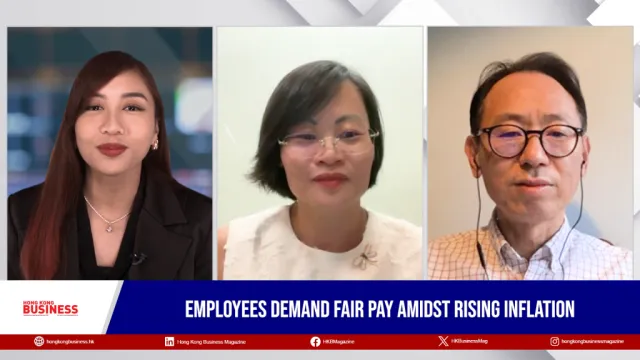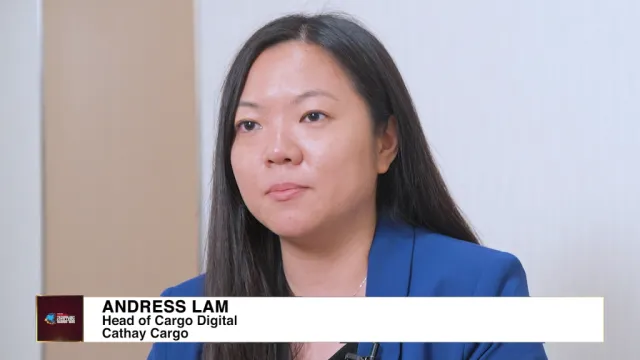
Hong Kong and Singapore investors divided on risk exposure over next 12 months
Inflation is expected to remain subdued in the region, with only 25% of Asia respondents predicting a rise, the lowest across all surveyed geographies.
Whilst 37% of Asia-based selectors plan to reduce risk exposure over the next 12 months, another 37% plan to increase it, underscoring a split in sentiment.
According to PGIM’s latest Gatekeeper Pulse® study, which surveyed 210 institutional gatekeepers globally, including respondents from Hong Kong and Singapore, the outlook is cautious but opportunistic.
Fund selectors across Asia are recalibrating their strategies in response to persistent macroeconomic uncertainty, with a sharpened focus on risk control, high-quality credit, and technology-led themes.
Inflation is expected to remain subdued in the region, with only 25% of Asia respondents predicting a rise, the lowest across all surveyed geographies.
Globally, concerns over rising default rates are pronounced, with 59% expecting an uptick. Volatility is a dominant theme: 83% of gatekeepers foresee increased return volatility, and many cite issuer risk and widening credit spreads as key watchpoints.
In Hong Kong, one Chief Investment Officer managing between $1b and $10b in assets said AAA-rated CLOs offer the right balance of yield and security, given their long-established structure and relative market stability.
Meanwhile, a Singapore-based portfolio manager from a $100b–$250b firm emphasised the growing relevance of securitised strategies, describing them as broad and nuanced enough to be treated as a distinct asset class.
Asia’s gatekeepers are increasingly prioritizing long-term, tech-driven themes. Cybersecurity (63%), artificial intelligence (73%), data infrastructure (67%), and healthcare innovation (50%) topped the list of thematic investment priorities.
Interest in alternatives is strong but increasingly selective. In Asia, 69% of respondents prefer direct or co-investments for private market exposure.
Fixed income remains a cornerstone for many Asian allocators, with 65% increasing exposure to government bonds, 61% to investment-grade corporate debt, and 61% to securitised debt.
Despite varying interest rate forecasts, 74% believe that the pace of central bank rate cuts will be the primary driver of fixed income performance in the year ahead.
In real estate, Asian fund selectors are leaning toward core strategies (55%) and real estate public securities (55%).
Specialty segments like data centers and residential housing also drew interest, with 62% and 49% respectively seeing them as promising areas for institutional capital.

















 Advertise
Advertise









